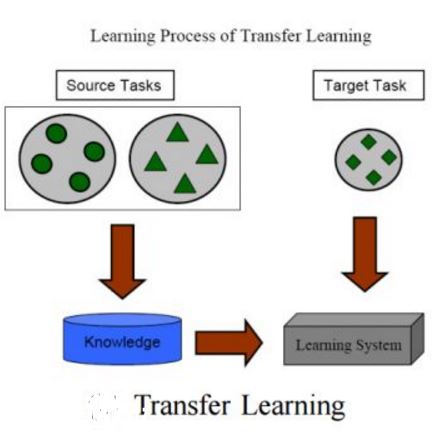Transfer learning aims at improving the performance of target learners on target domains by transferring the knowledge contained in different but related source domains. In this way, the dependence on a large number of target domain data can be reduced for constructing target learners. Due to the wide application prospects, transfer learning has become a popular and promising area in machine learning. Although there are already some valuable and impressive surveys on transfer learning, these surveys introduce approaches in a relatively isolated way and lack the recent advances in transfer learning. As the rapid expansion of the transfer learning area, it is both necessary and challenging to comprehensively review the relevant studies. This survey attempts to connect and systematize the existing transfer learning researches, as well as to summarize and interpret the mechanisms and the strategies in a comprehensive way, which may help readers have a better understanding of the current research status and ideas. Different from previous surveys, this survey paper reviews over forty representative transfer learning approaches from the perspectives of data and model. The applications of transfer learning are also briefly introduced. In order to show the performance of different transfer learning models, twenty representative transfer learning models are used for experiments. The models are performed on three different datasets, i.e., Amazon Reviews, Reuters-21578, and Office-31. And the experimental results demonstrate the importance of selecting appropriate transfer learning models for different applications in practice.
翻译:转让学习的目的是通过转让不同但相关的来源领域所包含的知识,提高目标学习者在目标领域的业绩,通过转让不同但相关的来源领域的知识,提高目标学习者在目标领域的业绩。这样,对大量目标领域数据的依赖可以减少,以构建目标学习者。由于应用前景广阔,转让学习已成为机器学习中一个广受欢迎的、充满希望的领域。虽然已经对转让学习进行了一些宝贵和令人印象深刻的调查,但这些调查采用的方法相对孤立,在转让学习方面缺乏最新进展。随着转让学习领域的迅速扩展,全面审查相关研究既有必要,也具有挑战性。本调查试图将现有的转让学习研究联系起来和系统化,并全面总结和解释各种机制和战略,这有助于读者更好地了解目前的研究状况和想法。不同于以前的调查,本调查文件从数据和模型的角度审查了40多个有代表性的转让学习方法。转让学习方法的应用也得到简要介绍。随着转让学习模式的迅速扩展,将使用20个有代表性的转让学习模式进行实验。这些模型在三种不同的数据集上进行,即亚马孙河流域审查、路透社和31年不同学习成果中的适当选择。















